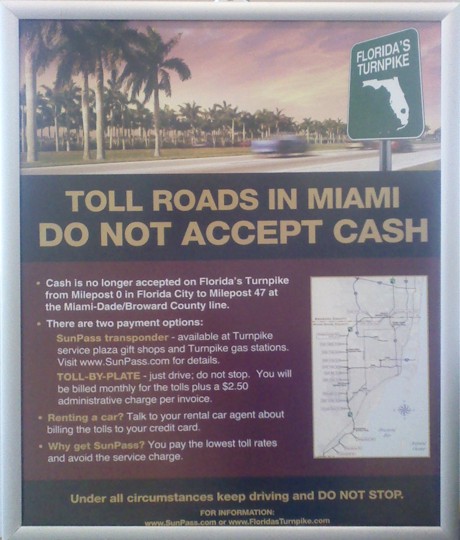Two people were airlifted to hospital last week after a police chase ended in a crash and gunfire that closed the one and only road into (and out of) the Florida Keys for nearly a day.
 Our section of U.S. Route 1 — the Florida Keys Overseas Highway — opened in 1938. The 18-mile long easternmost segment of the two-lane road that connects Key West at mile marker 0 to the United States has been the site of uncounted (by me) head-on crashes and a worrisome bottleneck for hurricane evacuation planners. When traffic flowed, it was an All-American Road in the National Scenic Byways program. When traffic stalled, the entire island chain would shut down.
Our section of U.S. Route 1 — the Florida Keys Overseas Highway — opened in 1938. The 18-mile long easternmost segment of the two-lane road that connects Key West at mile marker 0 to the United States has been the site of uncounted (by me) head-on crashes and a worrisome bottleneck for hurricane evacuation planners. When traffic flowed, it was an All-American Road in the National Scenic Byways program. When traffic stalled, the entire island chain would shut down.
Construction on the Florida Department of Transportation 18-Mile Stretch project began January 3, 2005, right at the height of tourist season.
The FLDOT has converted the Overseas Highway from an open two-lane road to a divided two-lane road with a concrete barrier separating northbound and southbound traffic. They replaced the Jewfish Creek drawbridge with a 65-foot-high fixed-span and added an elevated causeway over Lake Surprise. It also includes a new C-111 bridge, two new smaller bridges, an emergency evacuation shoulder along the northbound lane, new turn lanes, and a repaved and re-striped road surface everywhere else. A fence on both sides of the roadway now prevents wildlife getting off the road when they wind up in front of you.
 The project took six years and cost $330 million and is said to have come in “on time and under budget.”
The project took six years and cost $330 million and is said to have come in “on time and under budget.”
18 miles. $330 million. Why not? It’s only a skoch over $18 million/mile. $289.35/inch. Heck, my beach is worth more than that!
And a beautiful road it is with its tropical green barrier and smooth, comfortable, wide lane each way.
Back to the chase. And the shoot-out. And the road closure. The DEA, ATF, ICE, FDLE, 17 other alphabet agencies, plus Homeland Security and Miami-Dade police had run a drug sting on a criminal gang they knew pretty well; the sting did not go quite as smoothly as they hoped. The suspects took off in an SUV. Officers gave chase. Cops pursued the vehicle southwest through Miami-Dade County into Homestead, and on down the 18-Mile Stretch.
Note to the bad guys: when the cops are chasing you, driving to an island with only one road in and out is a really really bad idea.
The chase ended when the driver of the SUV lost control and the truck flipped.
Accidents that close our road are common. One person died in an afternoon crash on the Long Key Bridge on December 12. U.S. 1 was closed for a couple of hours. The highway was completely blocked.
Same bridge. May 19. Traffic stalled after two vehicles collided head-on on the bridge. That one included a vehicle fire and significant injuries; at least one person was airlifted to Miami. The road was closed for only an hour or so that time.
Florida DOT made a boondoggle of the 5-year, $330-million redesign of the 18-Mile Stretch. Accidents there CLOSE THE ENTIRE ROAD.
What on this green earth do they think a fender bender will do to a hurricane evacuation, especially since they installed the concrete choke point down the centerline?



![[Image]](http://dickharper.com/images/blog/michigan-dhs-t.jpg)